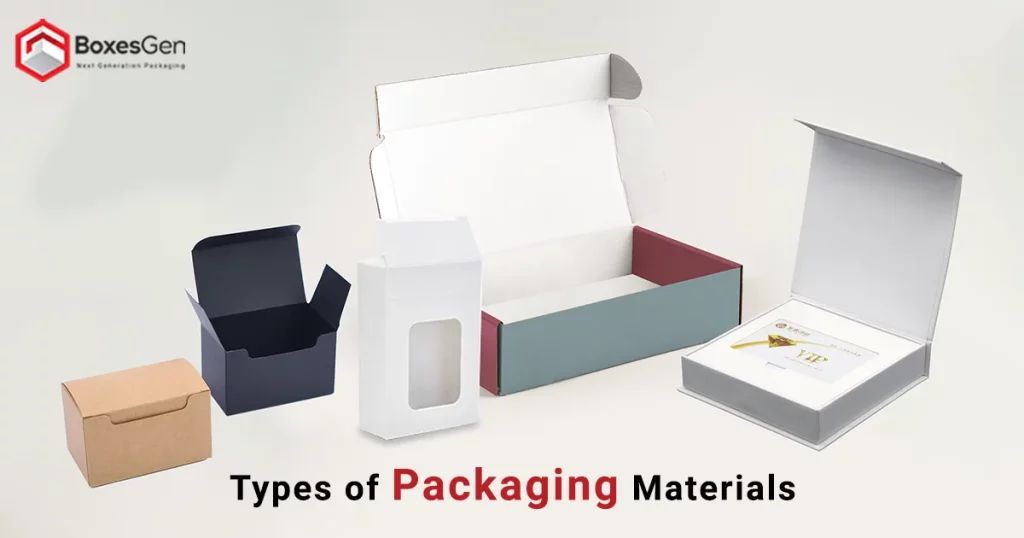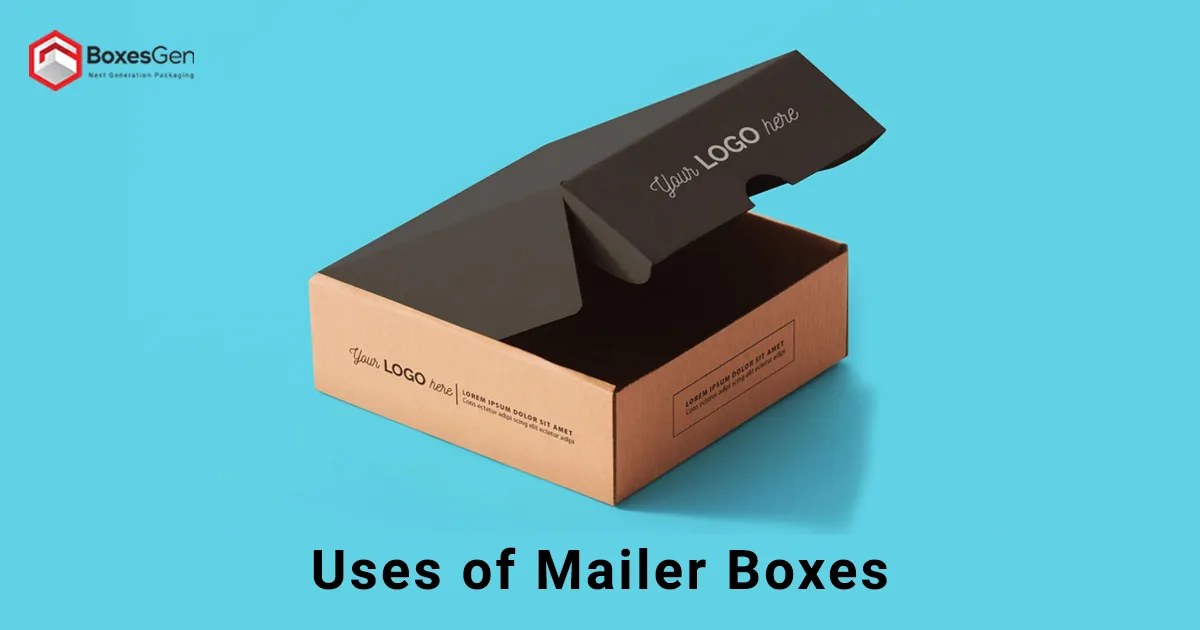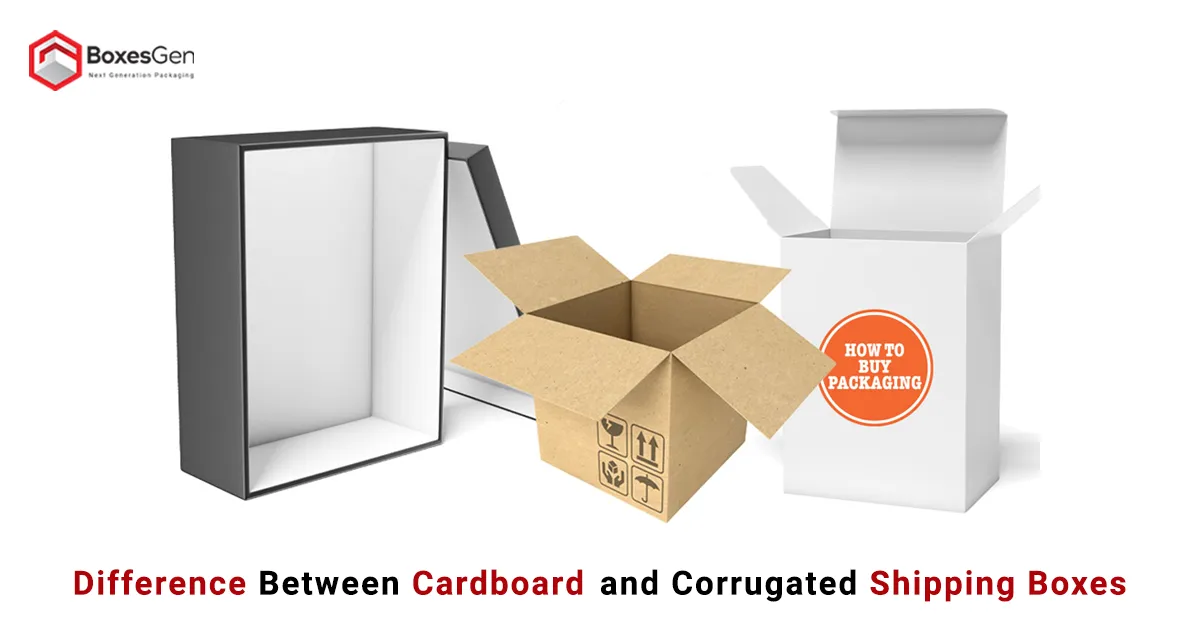Types of Packaging Materials
Packaging materials play a crucial role in protecting and presenting products while also influencing consumer perceptions. From corrugated cardboard to sustainable options, a diverse array of materials caters to various industries and product types. Understanding the characteristics and applications of these materials is essential for effective packaging strategies.
Corrugated Cardboard
Corrugated cardboard stands out as one of the most versatile and widely used packaging materials. Comprising a fluted layer sandwiched between two flat liners, corrugated cardboard box offers excellent cushioning and structural support. Its lightweight nature makes it ideal for shipping while being easily customizable for branding purposes.
Glass
Glass packaging exudes elegance and transparency, making it popular for beverages, cosmetics, and pharmaceuticals. Its inert nature ensures product integrity and allows for easy recycling, aligning with sustainability goals. Despite being fragile, advancements in manufacturing techniques improve its durability, widening its applicability.
Paperboard
Paperboard, a thicker form of paper, finds extensive use in packaging due to its rigidity and printability. Commonly employed in Cereal Boxes, cosmetics packaging, and pharmaceuticals, it provides a smooth surface for vibrant graphics and product information. Its recyclability appeals to environmentally conscious consumers.
Steel
Steel packaging offers unparalleled strength and tamper resistance, making it suitable for preserving food, paints, and chemicals. Its robustness ensures product safety during storage and transit, although with a higher environmental footprint compared to other materials.
Aluminum
Aluminum packaging combines lightweight properties with excellent barrier capabilities against light, moisture, and gases. Widely used in food and pharmaceutical industries, it prolongs product shelf life while being fully recyclable. Its reflective surface also improves branding opportunities.
Paper
Paper, derived from wood fibers, is a versatile packaging material known for its biodegradability and recyclability. From shopping bags to cardboard boxes, its adaptability caters to diverse packaging needs. However, it may lack the strength and barrier properties required for certain products.
Cosmetic Packaging
Cosmetic packaging demands both aesthetic appeal and functionality to captivate consumers and preserve product quality. Materials like glass, plastic, and metal are often utilized to create luxurious and durable packaging solutions, increasing the overall brand experience.
Composite Cans
Composite cans, constructed from paperboard and aluminum foil layers, offer a blend of rigidity and barrier properties. Commonly used for powdered drinks, snacks, and confectionery, they provide shelf stability and convenience through easy opening mechanisms.
Bubble Wrap
Bubble wrap, composed of plastic sheets with protruding air-filled bubbles, serves as protective cushioning for fragile items during shipping. Its lightweight nature minimizes shipping costs while effectively protecting products from impact and vibration.
Polythene
Polythene, a type of plastic known for its flexibility and moisture resistance, finds applications in various packaging formats, including Mylar Bags, films, and containers. While cost-effective and lightweight, its environmental impact has raised concerns, driving efforts towards sustainable alternatives.
Wood
Wooden packaging, renowned for its strength and natural aesthetic, is commonly used for shipping crates, pallets, and luxury Gift Boxes. While biodegradable and renewable, its weight and susceptibility to moisture may limit its suitability for certain applications.
Foam
Foam packaging, available in various forms such as expanded polystyrene (EPS) and polyurethane foam, excels in cushioning delicate items against shocks and vibrations. Its lightweight yet durable properties make it indispensable in electronics, furniture, and fragile product packaging.
Glass Containers
Glass containers offer premium Packaging Solutions for food, beverages, and cosmetics, accentuating product quality and brand prestige. Their inert nature ensures product purity, while recyclability aligns with sustainable packaging initiatives.
Shrink Film and Wrap
Shrink film and wrap, typically made from polyethylene or PVC, conform tightly to products when heated, providing tamper resistance and product visibility. Widely used for bundling, unitizing, and securing pallet loads, they improve product presentation and protection.
Tin
Tin packaging, renowned for its durability and corrosion resistance, preserves food freshness and flavor, making it a preferred choice for canned goods. Despite its recyclability, concerns over environmental impact and lining materials have led to the exploration of alternative options.
Aluminum Foil
Aluminum foil’s excellent barrier properties against light, moisture, and gases make it indispensable for Food Packaging, particularly in the form of pouches and trays. Its lightweight nature facilitates transportation efficiency, although recycling challenges persist due to contamination issues.
Ancillary Packaging Materials
Ancillary packaging materials, including jute bags, laminated pouches, and polybags, complement primary packaging solutions, providing additional protection and branding opportunities. While increasing product presentation and functionality, their environmental impact warrants scrutiny and exploration of sustainable alternatives.
Sustainable Packaging
Sustainable packaging solutions prioritize environmental stewardship throughout the product lifecycle, emphasizing renewable resources, recyclability, and minimal environmental footprint. From biodegradable plastics to compostable materials, ongoing innovations strive to mitigate packaging-related environmental concerns while meeting consumer expectations for eco-friendly options.
Conclusion
The diverse array of packaging materials caters to the unique needs of different industries and products, balancing functionality, aesthetics, and environmental considerations. As sustainability becomes increasingly vital in Packaging Design, ongoing research and innovation will drive the adoption of eco-friendly alternatives, ensuring a harmonious relationship between product protection, consumer appeal, and environmental responsibility.
Frequently asked Questions
What are the benefits of using corrugated cardboard?
Corrugated cardboard offers versatility, durability, and cost-effectiveness, making it ideal for packaging various goods. Its unique structure provides strength and cushioning during storage and transportation.
Why is glass packaging preferred for food items?
Glass packaging preserves product integrity with its transparency and inertness. It offers excellent barrier properties against moisture, gases, and odors, ensuring food freshness and safety.
How is paperboard commonly utilized in packaging?
Paperboard, due to its lightweight nature and printability, is often used for cosmetic packaging and cereal boxes. It offers a balance of rigidity and flexibility for diverse packaging needs.
What are the advantages of using steel packaging?
Steel packaging is robust, recyclable, and commonly used for canned food items and aerosol containers. It ensures product protection and promotes environmental sustainability through recycling.
Why is aluminum packaging preferred for certain products?
Aluminum packaging offers lightweight, corrosion-resistant, and malleable properties, making it suitable for beverages, foil wraps, and pharmaceutical blister packs, preserving product freshness and integrity.
What makes paper packaging environmentally friendly?
Paper packaging, derived from wood pulp, is biodegradable and recyclable. It minimizes environmental impact while catering to diverse consumer needs, promoting sustainability in the packaging industry.
How does foam packaging protect fragile items?
Foam packaging, made from materials like expanded polystyrene, offers lightweight cushioning and insulation. Its ability to conform to product shapes ensures protection during transit, safeguarding fragile items.
What are the advantages of using glass containers?
Glass containers are elegant, recyclable, and maintain product freshness. They’re commonly used for sauces, jams, and condiments due to their transparency, preserving quality and enhancing shelf appeal.
How does shrink film provide product protection?
Shrink film, when heated, creates a tight seal around products, offering tamper resistance and protection against dust and moisture. Its transparency allows for product visibility, ideal for retail packaging.
Why are jute bags considered eco-friendly packaging?
Jute bags, made from natural fibers, are biodegradable and durable, offering sustainable packaging solutions for agricultural products and groceries. They reduce reliance on plastic bags, promoting environmental conservation.
What are the key features of laminated pouches?
Laminated pouches offer barrier protection and convenience with multiple layers of flexible materials. They’re commonly used for snacks, pharmaceuticals, and personal care products, ensuring product integrity.
How do polybags benefit various industries?
Polybags, made from polyethylene or polypropylene, are lightweight, moisture-resistant, and cost-effective. They’re widely used for packaging garments, electronics, and other consumer goods across different industries.
What defines sustainable packaging materials?
Sustainable packaging materials minimize environmental impact throughout the product lifecycle. Biodegradable plastics, compostable packaging, and recycled materials are gaining traction for their eco-conscious properties.
Why is it important to select ancillary packaging materials?
Ancillary packaging materials like labels, tapes, and pallets complement primary packaging, ensuring efficient handling, storage, and transportation of goods. They play a crucial role in overall packaging effectiveness.
How does aluminum foil benefit both households and industries?
Aluminum foil offers excellent barrier properties and heat conductivity, making it versatile for food packaging, insulation, and cooking. Its recyclability makes it a preferred choice for sustainable packaging solutions.








